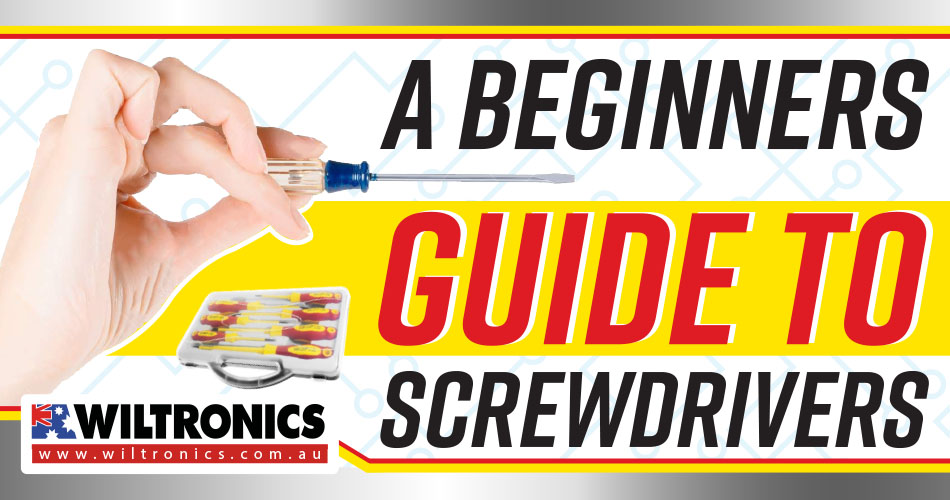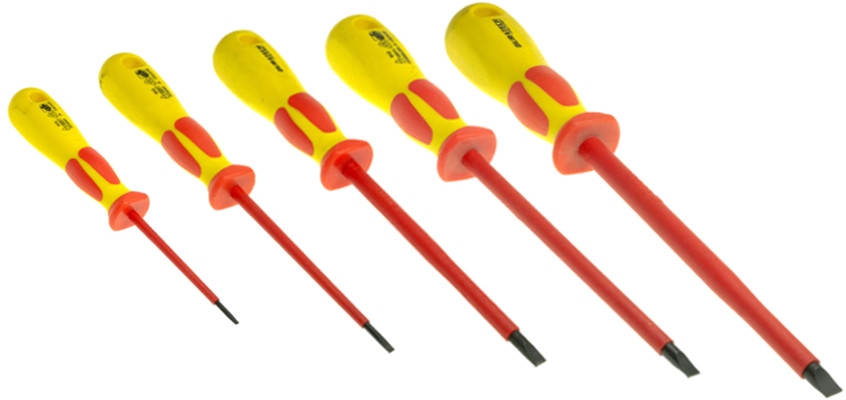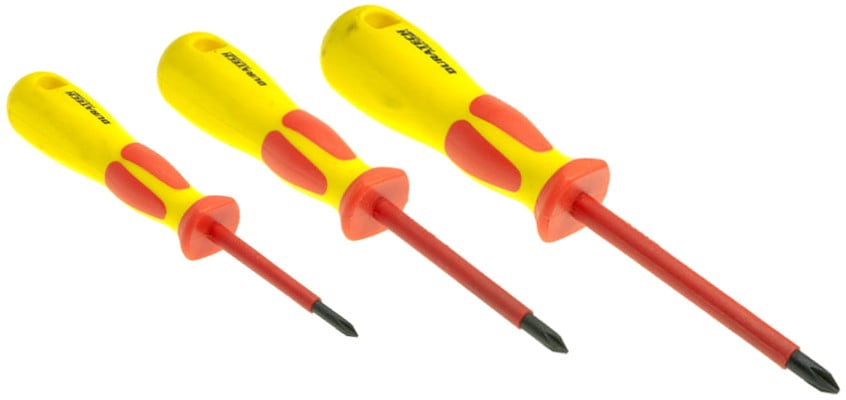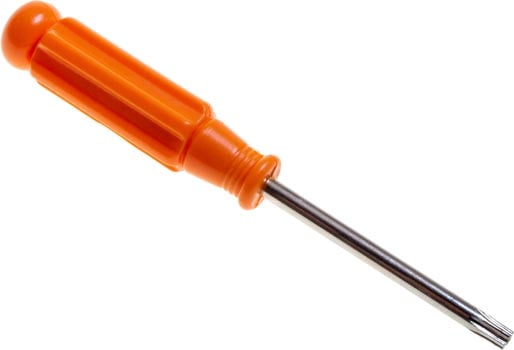What’s In Your Home Toolbox: Screwdrivers Set
May 2, 2023

In this age of do-it-yourself, a home toolbox equipped with screwdrivers set is a great asset. You don’t need an electrician to save the day for a simple light repair or for a handyman to fix a cabinet.
Even the most complicated tasks can be a piece of cake with the right equipment. The easy-to-use, versatile and affordable tools like screwdrivers are among the must-haves.
Whether installing shelves or fixing a leaky faucet, it is a tool you cannot go without. Even better if you have screwdrivers set! It is a staple in any DIYer’s toolbox and for a good reason.
Get ready to take your home repair skills to the next level with this ultimate guide!
Screwdrivers
Screwdrivers are hand-held tools that are designed to turn screws and bolts. They come in various shapes and sizes, with the most common being flathead and Phillips head.
The basic structure of a screwdriver consists of three parts: the handle, the shaft, and the tip. The handle provides a comfortable grip and is often made of materials like plastic or rubber. The shaft is a long, narrow rod that connects the handle to the tip. And a tip is the part of the screwdriver that fits into the screw or bolt.
The working principle of a screwdriver is simple. By applying force to the handle, the user turns the tip of the screwdriver, which in turn, rotates the screw or bolt. Thus allowing the user to tighten or loosen the screw or bolt as needed.
With the right screwdrivers set, a DIYer of any level can tackle almost any project around the house.
How to properly use a screwdriver?
- Start by choosing the appropriate type and size of screwdriver for the task at hand. Go for a flathead for screws with a straight slot and Phillips for those with a cross-shaped slot. Make sure the size of the screwdriver matches the size of the screw or bolt you are working with. Using the wrong sized screwdriver risks damaging the head of the screw, potentially making it very difficult to remove.
- Hold the screwdriver firmly by the handle and position the tip into the slot of the screw or bolt. Apply downward pressure to the tool and turn the handle clockwise to tighten. Counterclockwise to loosen it.
Applying too much force can damage the screw or bolt. Not applying enough, in contrast, can cause the screwdriver to slip out of the slot. If the screw or bolt is difficult to turn, apply a small amount of lubricant to the threads to make it easier to rotate.
Different Types of Screwdrivers
There are several different types of screwdrivers available, each designed for specific tasks.
Flathead screwdriver
A flathead screwdriver, as the name suggests, has a flat, straight tip. It is designed to turn screws with a single, straight slot. The single line cuts straight through the head of the tool. Commonly used for household tasks, e.g. tightening loose screws on furniture.
Flathead screwdrivers also work with electrical systems. They are usually insulated to protect the user from electrical shock. This also makes them ideal for use on electrical circuits. Have a look at this Flat Blade Screwdriver High Voltage.

Great for servicing 240V equipment and is rated at 1000V with an insulated shaft. It also features a rubberised grip and a chrome vanadium shaft with a magnetic tip.
Pros: flathead screwdrivers are versatile and work with a wide range of screw sizes.
Cons: they can be prone to slipping out of the screw slot, especially if the screw is old or rusty.
Phillips head screwdriver
A Phillips head screwdriver features a four-star point at the end. This X-shaped hand tool fits into its corresponding cross-shaped recess. Often used in furniture assembly, automotive repair, and electrical work.
Like flatheads, Phillips screwdrivers are also specialised and designed for use by electricians. The Insulated Phillips Screwdriver High Voltage is a great example.

Pros: allows for greater torque and is less likely to slip out of the screw slot than flathead ones.
Cons: less versatile and can only be used with screws that have a Phillips head.

Torx screwdriver
A Torx screwdriver features a 6-point star-shaped head, hence the ‘star head screwdriver’. It is designed to turn screws with a star-shaped slot. Suitable use for electronics, automotive repair, and furniture assembly.
Pros: provide a more secure connection than Phillips or flathead screws.
Cons: less common, which can make it difficult to find the right size screwdriver for the job.
Hex screwdriver
Hex screwdrivers have a hexagonal tip and are designed to turn screws with a hexagonal slot. They are commonly used in automotive repair, machinery, and furniture assembly.
Pros: offer a secure connection and are less likely to strip or become damaged.
Cons: like Torx screwdrivers, Hex are less common than flathead and Phillips.
Screwdrivers Set
A screwdrivers set is a collection of ‘drivers’ that come in different sizes and types. A typical set may include a flathead, Phillips, Torx, and hex, as well as precision screwdrivers. More comprehensive sets may include additional tools like nut drivers and hex keys.
Such sets provide a range of options, making them very useful for DIY projects and home repairs. Investing in one means you can have multiple screwdrivers in one convenient package.
Tip: Consider the types of projects you will be working on and the types of screws you will be using. Look for a set that includes the most commonly used types and sizes of screwdrivers. Ergonomic models are also worth noting.
Ergonomic screwdrivers come with a more comfortable grip. They are designed to reduce strain and fatigue on the user’s hand and wrist. They are also available in sets and include a variety of sizes and types.
The Bottom Line
When you have a good understanding of screwdrivers, even the most complex tasks can become as easy as removing lids from paint cans! And with the tips and information provided in this guide, you’ll be well-equipped to handle any screw-related task that comes your way.
This article was originally published in April 2021 and has been updated.
© Electrotech Brands Pty Ltd 2023


Write a Comment
You must be logged in to post a comment.